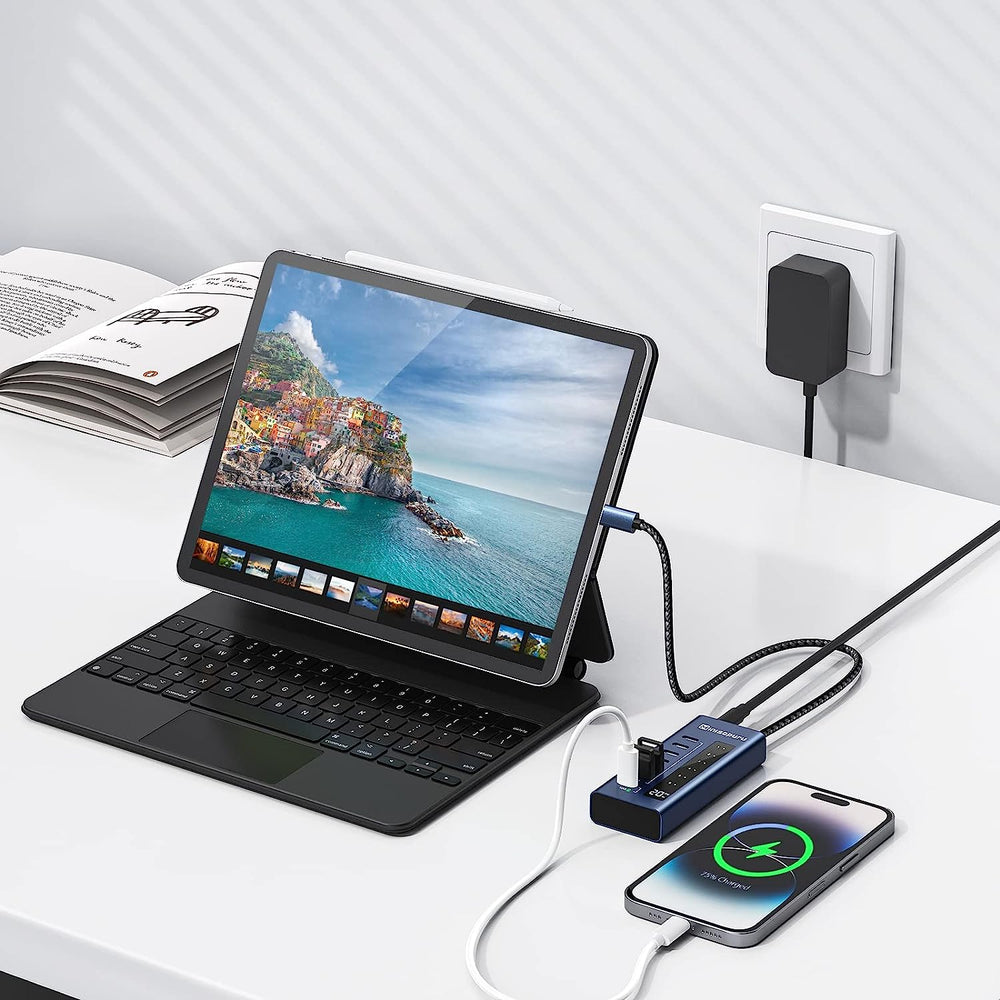The central processing unit (CPU) serves as the brain of a computer, directing instructions to major components such as the graphics card and RAM. A well-functioning processor is essential for gaming PCs. While all processors have their limits, it's normal for demanding games and applications to reach these limits without significantly affecting performance. However, excessively high CPU usage can lead to stuttering, unresponsiveness, or crashes.
If your computer seems to be overworking its CPU even when no high-intensity applications are running, it could indicate a deeper issue. This problem can stem from various causes, making it crucial to learn how to address high CPU usage in Windows 11.
1. Restart Your PC
Begin by restarting your PC. This classic troubleshooting step often yields effective results. A reboot can clear temporary files and potentially resolve slowdowns in long-running processes. If this is the only issue affecting CPU performance, restarting should resolve it.
2. End or Restart Processes
If rebooting doesn't reduce high CPU usage, open the Task Manager to monitor processes consuming CPU resources and understand what your computer is doing with those resources. Full-screen programs might hide the Task Manager; to prevent this, set it to "Always On Top" or move it to a second monitor.
In Task Manager, click the "Processes" tab and sort by CPU usage. High CPU utilization during gaming, video editing, antivirus scans, or multitasking is expected. Close unused background programs and tabs, then check Task Manager again to see if the situation has improved.
Modern CPUs manage multitasking by distributing processes across multiple cores. Technologies like Intel® Thread Director and Intel® Turbo Boost Technology enhance multitasking performance by increasing core efficiency and dynamically boosting CPU frequency.
If you notice unusual CPU usage from processes like Runtime Broker or Windows Session Manager, it indicates a problem. These processes should only use minimal processing power or memory. If a process consumes nearly all system resources, identify it online before ending it if it's not critical.
3. Update Drivers
Outdated or suboptimal drivers can cause high CPU usage. Updating drivers may resolve compatibility issues or bugs. Use the "Check for Updates" option in Settings to update critical drivers. Avoid third-party driver update tools to prevent malware risks.
In rare cases, updating your BIOS can address high CPU usage issues. However, proceed with caution as BIOS updates can introduce new problems.
4. Scan for Malware
Malware disguising as normal Windows processes can consume CPU resources. Run a full antivirus scan to detect and remove any malicious software.
5. Power Options
Adjusting power settings can throttle CPU speed. Check your Power Options to ensure you're not set to a power-saving plan that could be limiting CPU performance.
6. Find Specific Guidance Online
For third-party applications causing high CPU usage, seek advice from the developers responsible for the application. Use the process name from Task Manager to find support threads online.
7. Reinstalling Windows
As a last resort, restoring from a previous restore point or reinstalling Windows can reset the system and potentially resolve high CPU usage issues. This process will delete installed applications but allows you to keep your files.
Other Programs
Tools like CPU-Z and Performance Monitor offer detailed insights into CPU and motherboard performance, helping identify and troubleshoot issues.
Understanding how to fix high CPU usage can resolve common problems. However, if your CPU struggles with demanding games or applications, it might be time to consider an upgrade for better performance.

